Did you watch Jimmy Kimmel’s monologue last month — the one he did after Disney brought his show back?
Lots of people did: More than 6 million people watched his show on the night it returned — a huge number for…
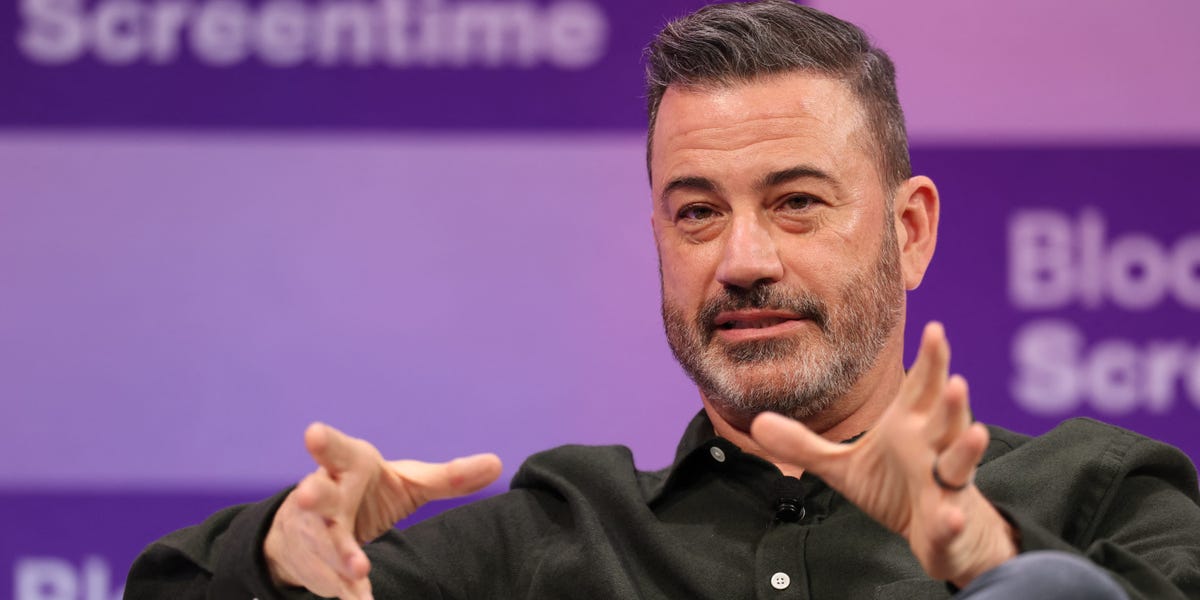
Did you watch Jimmy Kimmel’s monologue last month — the one he did after Disney brought his show back?
Lots of people did: More than 6 million people watched his show on the night it returned — a huge number for…
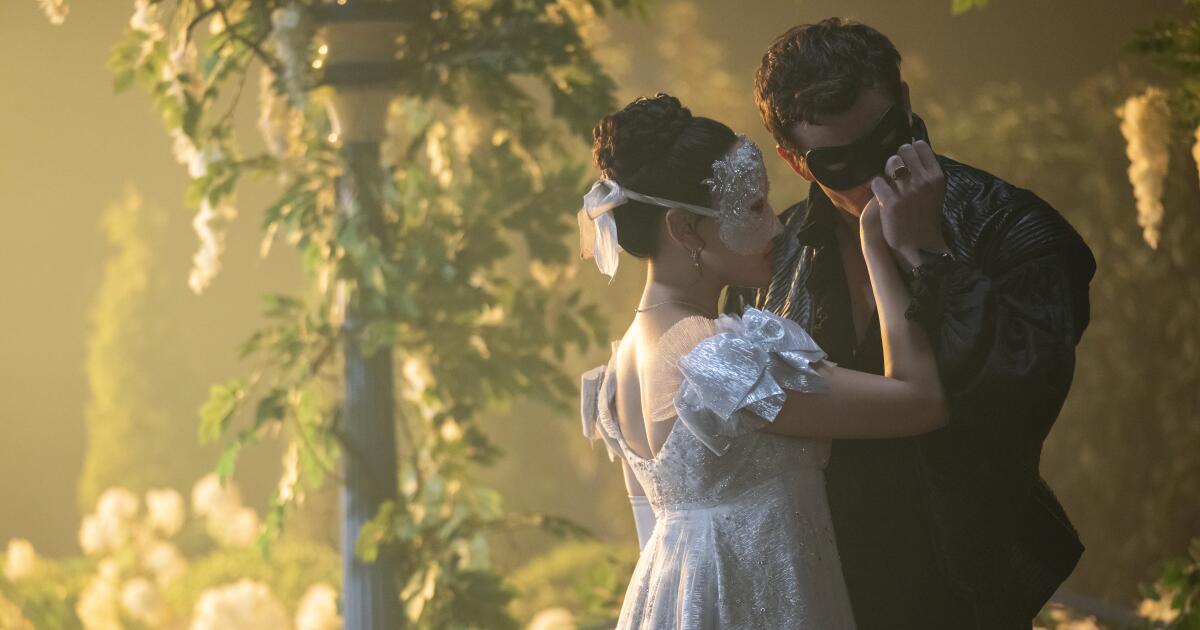
Dearest gentle reader, Lady Whistledown — voiced by Julie Andrews — is back.
Netflix released a trailer for the fourth season of “Bridgerton” on Monday, and the Ton’s resident gossip columnist promised to have all the delightful…
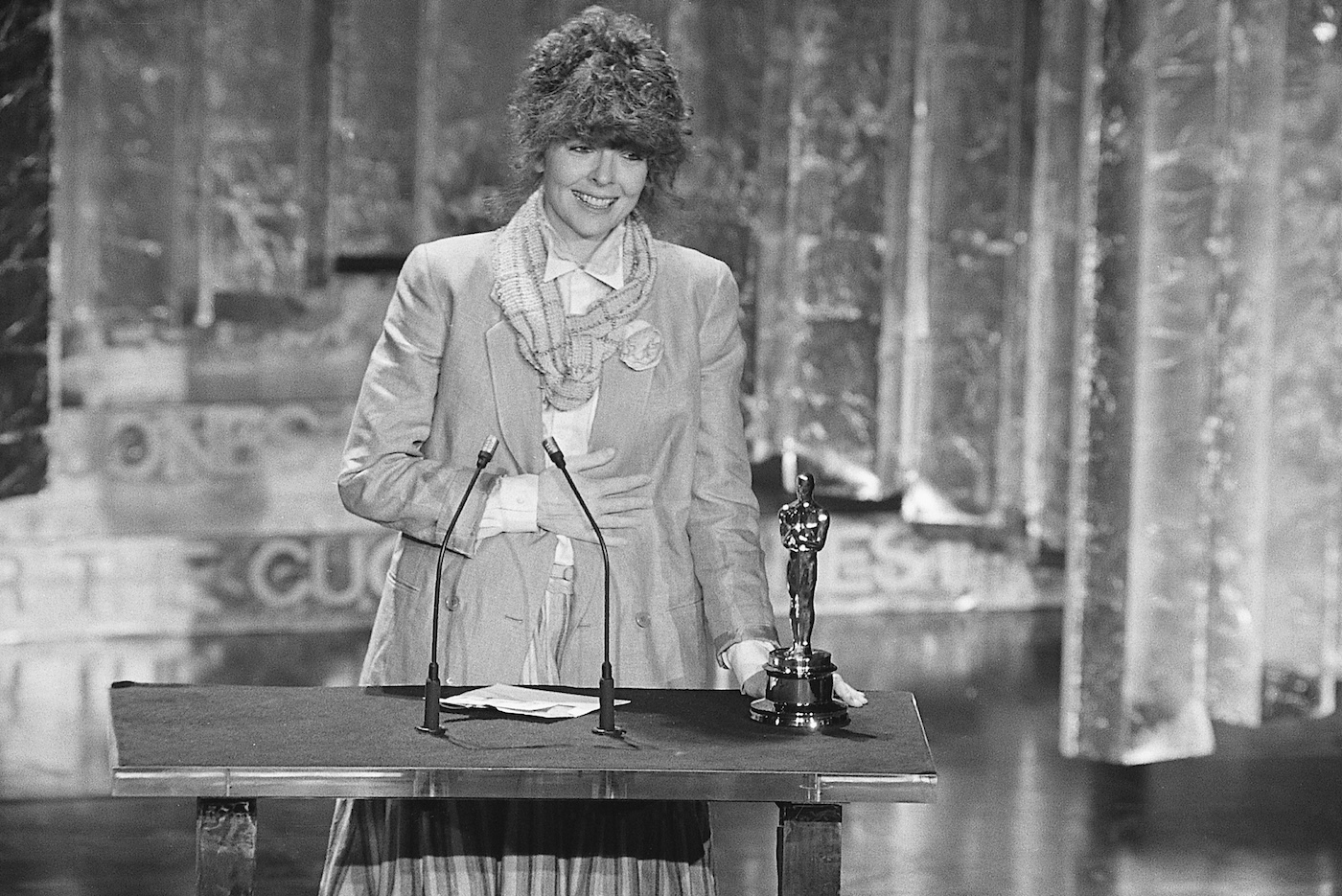
Oscar-winning actress Diane Keaton passed away on Saturday, October 11, 2025. Following her death this past weekend, co-stars, colleagues, friends, and movie lovers shared their feelings about the…

Academy Award®-nominated director Paul Greengrass’s film for Focus Features, The Uprising, has added to its cast with the addition of Jamie Bell (Half-Man, All Of Us Strangers, Rosebush Pruning), Cosmo Jarvis (Warfare, Shogun), Thomasin…

Ina Garten is cooking up something funny for the latest season of her Food Network show. The Barefoot Contessa will welcome comedian Tina Fey for the premiere episode of Be My Guest, which kicks off on October 19. In the series, now in its…
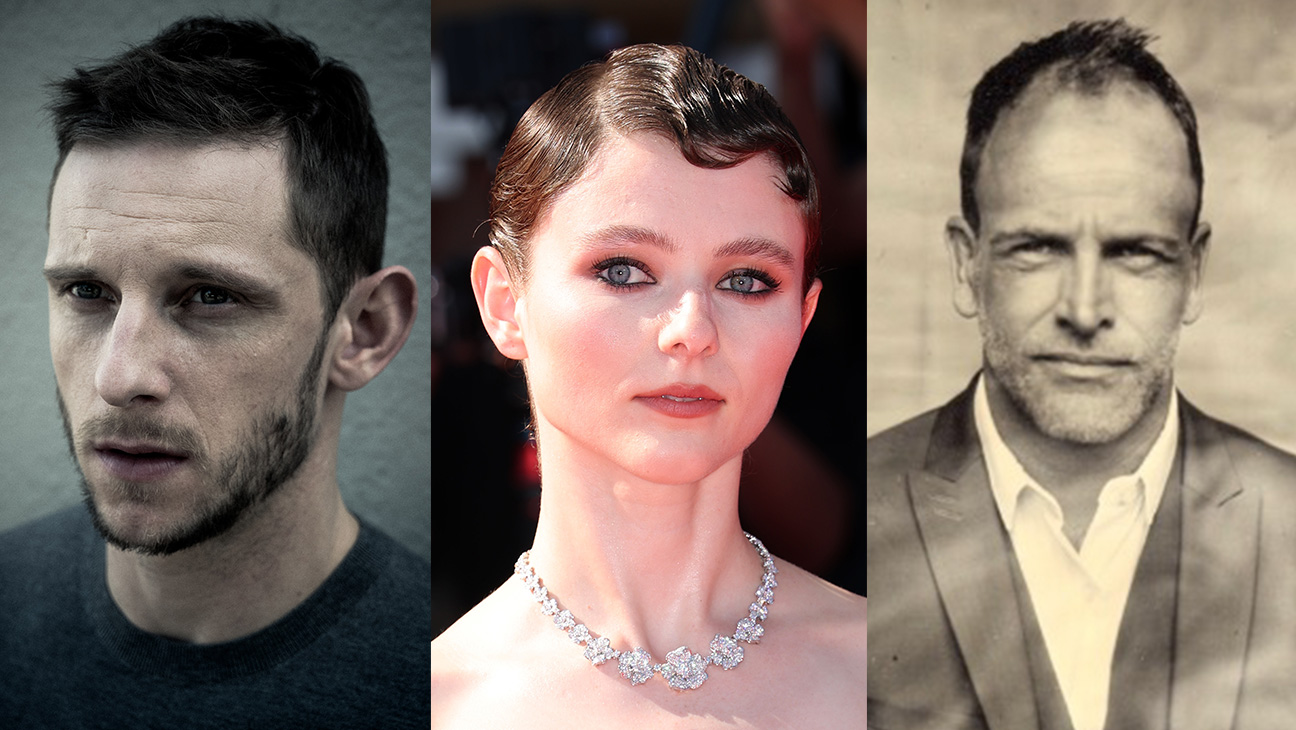
Jamie Bell, Thomasin McKenzie, Jonny Lee Miller as well as Cosmo Jarvis and Woody Norman have joined the rousing forces of The Uprising, Paul Greengrass’s period drama being made by Focus Features.
Andrew Garfield is leading the feature…
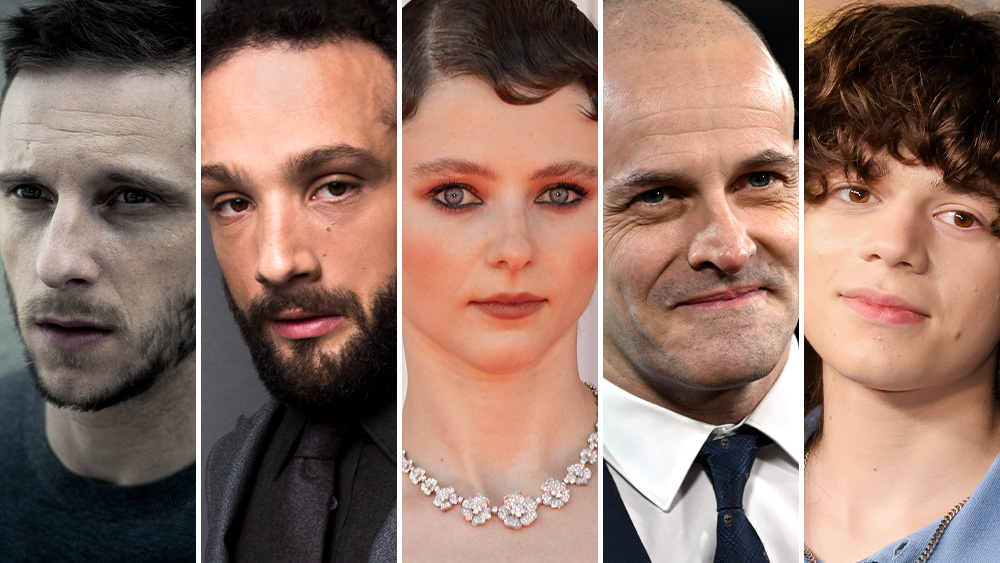
Oscar nominee Paul Greengrass has retitled his peasant revolt pic formerly known as The Rage to The Uprising, adding five to the cast: Jamie Bell (Half-Man), Cosmo Jarvis (Warfare), Thomasin McKenzie (Jojo Rabbit), Jonny Lee Miller (Elementary)…

For many people in the comedy industry, TikTok still carries the same perception it did when it first topped the App Store in 2020.
Back then, the average length of the app’s 100 most viewed videos was just 15.6 seconds. The main reason…